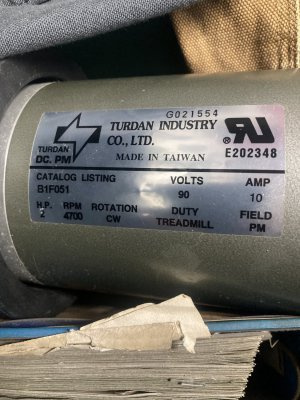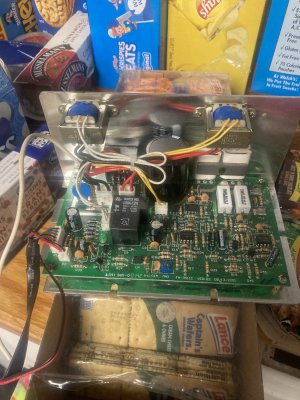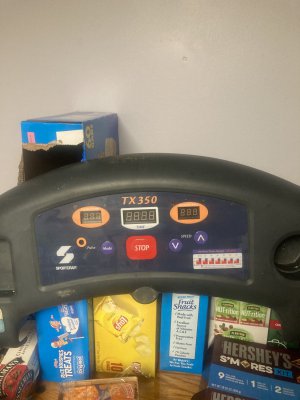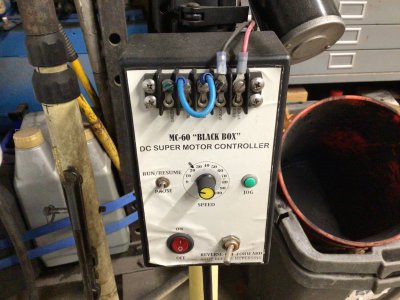In my hunt for a hunk of round cast iron for a project I came across a free tread mill.
I have all the electrical components and controls , but using the control panel would take up a good amount if room ( printed flexible circuit board)
I cant see it being overly hard to find a generic control unit. I just dont know where to look.
This is the motor. I was thinking of installing it on my belt driven lathe to have a little more speed control.
I have 4 speeds with the belt configurations. Was thinking of setting up the fastest speed belt set up and I could turn the speed down as needed?

I have all the electrical components and controls , but using the control panel would take up a good amount if room ( printed flexible circuit board)
I cant see it being overly hard to find a generic control unit. I just dont know where to look.
This is the motor. I was thinking of installing it on my belt driven lathe to have a little more speed control.
I have 4 speeds with the belt configurations. Was thinking of setting up the fastest speed belt set up and I could turn the speed down as needed?






